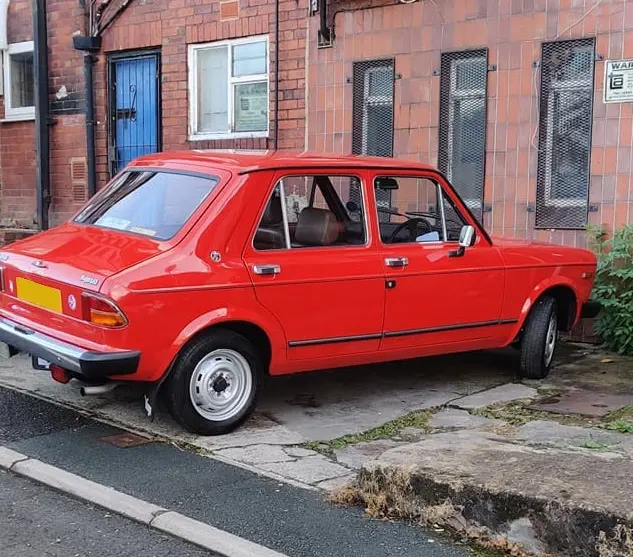MEET THE OWNER - DAVID SCAIFE AND HIS YUGO 513
12 May 2023
Nearly 40 years ago, motorists with limited funds were urged to “Fill in the Ticket to Ride” in their local newspaper and take it to their nearest Yugo dealer. There, they would find the 311, the second cheapest new car in the UK after the Fiat 126 and the line-up’s 513. Today David’s example of the latter is believed to be one of just two left on the road in the UK.
Fiat’s 1954 agreement with the Zastava company of the former Yugoslavia was a significant aspect of their post-war expansion plans. Part of the licencing agreement was the concern that they would be unable to market its wares in any territory where Fiat made its products. By 1971, Fiat had invested $17 million in the Kragujevac factory, and production commenced of the 101 “Skala”, a hatchback version of the 1969 128.

Zastava Cars (GB) Ltd. commenced trading in 1981 with a former custard factory in Reading as their headquarters. The Skala was marketed as 1100/1300. Prices ranged from £2,500 for the bottom of the range 1.1-litre three-door to £2,889 for the 1300 Special. The Guardian thought them “a car worth looking at on a tight budget”.
The importer’s co-director Dennis J. Hands, believed, “It is unlikely to take trade away from British manufacturers. We see it as a rival to other European cars sold here.” Regarding price, the 1100/1300 competed against the Citroën 2CV and Renault 4 but also appealed to some Ford and BL customers. To anyone who drove a vinyl-trimmed Ford Escort Popular Mk. II or Mini 850, which even lacked a water temperature gauge, “extras like reclining front seats, cloth upholstery and a heated rear window are standard” were quite an incentive.
By 1983, annual sales were 4,634 and a year later, the British concessionaire marketed the range as the ‘Yugo 311/313/511/513’. Compared with the likes of the Lada Riva, the Skala family had a more contemporary feel and attracted a loyal customer base of motorists who wanted a new car but could only afford a second-hand Hillman Avenger.
In 1984 the importer had 178 dealerships across the country, and their chief executive Michael Heeley told The Observer, “I believe we are the fastest growing car franchise in the UK market.” But in 1993, Zastava GB ceased trading due to the Balkans Conflict. Low resale values meant many cars were prematurely scrapped, but a version of the Skala remained in production until as recently as 2008.
As for the Scaife 513, it was supplied new by a Shropshire garage in 1987. By 2013 it was the property of the collector Julian Pearson, and today it is one of the most fascinating vehicles on the road. For far too long, budget motoring has been sneered at by certain writers, but the Yugo is a charming reminder of life in the early 1980s. The myth of that period is an Escort XR3i – the reality was more likely a red 513 parked outside of the local Carrefours.
Or, as the 1984 sales campaign urged – “Go New, Go Yugo”.
